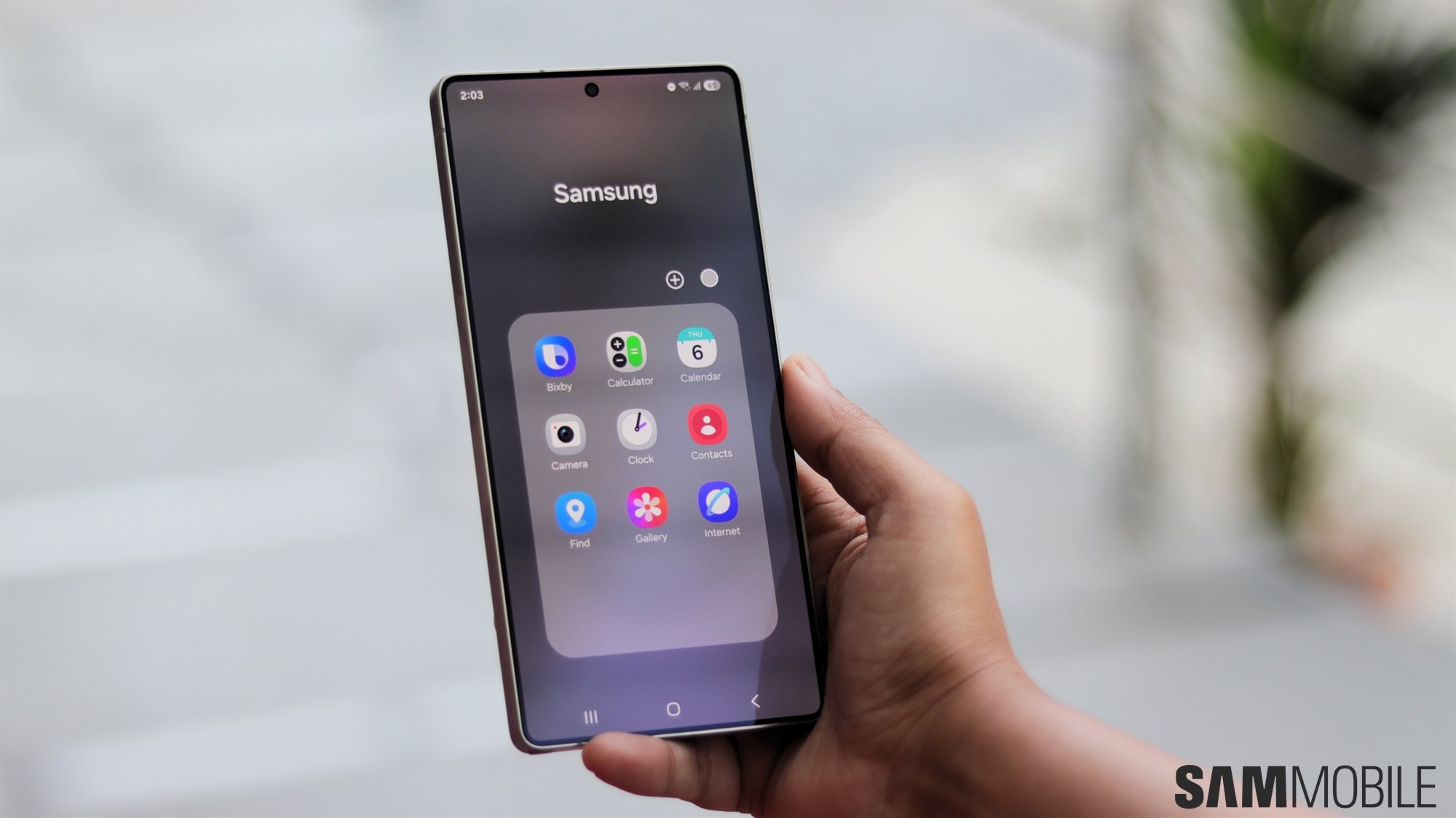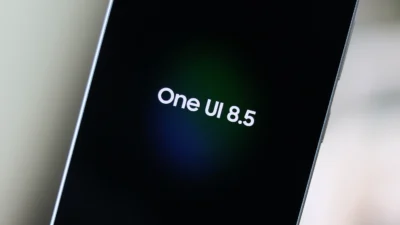China is a tough nut to track for both economists and social scientists alike. The country has defied many tried and tested economic and social policies, even those which are deemed to be axiomatically true, to achieve the phenomenal economic growth over the last decade. The country has proven that overpopulation, apart from presenting a series of grave problems, also presents few opportunities by creating a huge domestic market for consumption and resources for production. So far, at least, the country has not faltered on capitalizing the precious few opportunities presented by overpopulation in the form of cheap industrial labour and the resulting low cost of manufacturing. The result – today China is the world’s largest manufacturing economy with countless new companies coming up every year.
Chinese economy played the most significant role in helping the total smartphone shipments cross one billion units in 2014. This China factor in smartphone industry growth comprises two key components. First, with increasing per capita income of the jaw dropping size of its population, China provides a huge market for smartphone sales. Second, by capitalizing the opportunity for low cost manufacturing, and transforming itself into a contract manufacturing hub based on that competitive advantage, China has enabled the major smartphone companies to sell high volumes of smartphones globally by constantly reducing prices, but without adversely impacting the profitability. No wonder, today, almost every company manufactures its phones in China irrespective of where they are sold.
In the process of developing expertise for low cost manufacturing of smartphones, unsurprisingly, China created lucrative opportunities and environment for both the birth of new smartphone companies and diversification into smartphones for many existing companies. This phenomenon was greatly assisted by two non-China related factors. One is the explosion of Android ecosystem, and second is the semi-commoditization of the smartphones due to the common sources of smartphone components supply. All of these resulted in mushroom growth of Chinese smartphone companies – some of them selling under their own name, while few others championing the trend of white label brands.
Prior to the advent of Android ecosystem, developing a smartphone required huge investment in terms of money, time, and intellectual capital. However, with the growth and maturity of Android OS, the intellectual capital which was considered the most difficult and significant requisite to manufacture a smartphone suddenly vanished into oblivion. The open nature of Android platform instantly created an almost level playing field in terms of smartphone technology, and thereby enabling the new Chinese companies to effectively counter the technological differentiation enjoyed till then by the well established global brands.
Simultaneously, the transition of China into a low-cost manufacturing hub reduced the capital requirements for new start-ups and diversification into the smartphone manufacturing space. Adding to this momentum, growth of specialized smartphone component manufacturers, covering the entire range of all smartphone components, relieved the new smartphone companies from the complexities and relative impossibilities of manufacturing all or most of the smartphone components by themselves. All of these developments have reduced the complex, intellectual, time-consuming, and capital-intensive process of manufacturing smartphones into a mere assembly of readily available components, and slapping a freely available, fully functional, and advanced mobile OS.
With competition being a natural by-product of strong consumer demand and favourable market conditions, naturally, new smartphone companies continue to flood the market, particularly in China and other neighbouring countries. While the new companies in China manufacture and sell smartphones under their own brand (like Meizu, Xiaomi, Oppo, Gionee etc), new companies in various other markets around the world buy smartphones from the white label brands in China and sell them by creating their own brand (like Micromax, Blu, Celkon etc). Interestingly, by sourcing many key components like processors, memory modules, camera sensors etc from common supply sources like MediaTek, Snapdragon, SanDisk, Sony etc, and by adopting the same open Android ecosystem, the smartphones from these new companies are not too different from the offerings of the global brands from the hardware specifications or software capabilities perspective.
Agreed, a good smartphone is more than the sum of its parts, and so the synergic experience and product support can be argued as the key differentiating factors between the ‘assembled’ phones from China and smartphones ‘designed and developed’ by reputed global brands like Samsung. There is definitely merit to this argument, and more so when speaking about smartphones in the premium or high-end segment. But, the differentiation wanes rapidly to negligible levels in the low-end smartphone segment – the segment which most of the new smartphone companies are fighting for. Also, this segment is mainly composed of first time smartphone buyers from mostly emerging markets, which makes communicating the whatsoever left differentiation of synergic smartphone experience all the more difficult. Considering there is precious little differentiation at face value here, and with so many companies targeting more or less the same segments, pricing has been and will continue to be the key differentiating factor in competing against the low-end smartphones from China.
Naturally, with so much relying on price, smartphone companies around the world have been compelled to engage in severe price wars in the past few years. The Chinese smartphone companies are leading the charge by constantly finding a new low in smartphone prices every passing day. By spending precious little on R&D, quality, and brand building, and by operating on wafer-thin margins, the Chinese smartphone companies are able to offer prices that none can beat. For instance, a Chinese company, JiaYu, recently launched a dual core Android smartphone for just $50, Xiaomi and Huawei offer quad-core smartphones for $130, and countless other nameless manufacturers sell similar phones for even cheaper. And, how well is this low price strategy working? Exceptionally well. In fact, it worked wonders for the numerous Chinese companies as per the latest IDC report on 2013 smartphone shipments. Out of the staggering 1 billion smartphones shipped in 2013, Samsung accounted for 314 million, Apple scored 153 million, various other global brands like Sony, Nokia, LG, BlackBerry, HTC etc accounted for cumulative shipments of approximately 150 million, while the rest is primarily shared among Chinese manufacturers which include both well-known companies like Huawei, ZTE, and Lenovo; relatively unknown brands like CoolPad, Meizu, Xiaomi, Gionee etc; and non-OEM brands, usually operating outside China, like Blu, Micromax, Celkon etc . It is evident, irrespective of how you slice and dice the data, Chinese smartphone manufacturers and rebranded Chinese smartphones are forces to reckon with, who are capable of challenging Samsung’s growth in the Android ecosystem, particularly in the high demand emerging markets like China and India where these brands are rapidly growing. So, should Samsung be worried about the alarming growth rate of these companies? The short answer is both yes and no
To comprehend the answer, it is first essential to understand the composition of the Chinese smartphone industry. It is a complex mix of old and well established brands like Lenovo, Huawei, and ZTE ; new and promising brands like Oppo, Meizu, Xiaomi; price warriors like JiaYu, Elephone, Zopo etc; rebranded Chinese smartphones like Blu, Micromax, Celkon etc which are usually sold outside China; and numerous other white label brands. Frankly speaking, even with its extensive vertical integration and economies of scale, there is nothing business sensible Samsung can do to fight the price warriors like the JiaYu and others. With huge investment in R&D, robust sales and after sales network, billions of dollars in marketing and brand building, Samsung, at least in the very near future, cannot and shouldn’t be concerned about competing with $50 to $100 smartphone manufactures operating on almost non-existent profit margins. Interestingly, these manufacturers are not really usurping demand for smartphones, but instead creating it by offering smartphones at feature phone prices. So, these extremely low-cost manufacturers are both creating and catering to demand, and if this is any threat, then it is to the feature phone sales of Samsung more than smartphones. As long as these manufacturers keep creating demand for smartphones in the feature phone price territory, and grows by catering to that demand, these companies can grow along with Samsung by expanding the overall size of the market. In spite of all this, if Samsung still wants to compete with these cheap smartphones to make up for the possible loss of feature phone market share, then its best bet lie in expanding retail presence across the emerging markets, creating value driven carrier contracts, and communicating after sales support and quality of its products instead of hard to explain technological differentiation to the first time smartphone buyers.
It is the mid to high-end market segments, however, where there are both margins and long-term incentives for Samsung to fight for. It is these segments which Samsung can’t give up to any other manufacturer without hurting its profitability and smartphone dominance. These segments provide enough room for showcasing innovation and technological differentiation, instead of just price, to drive smartphone sales. Although the super cheap manufacturers can’t make a mark in this segment solely based on price, other Chinese manufacturers like Huawei, Lenovo, ZTE, Meizu, Xiaomi etc can pose competition to Samsung by offering innovation at a lesser price point than Samsung. Over the last couple of years, reputed and well established Chinese brands like Lenovo, Huawei, and ZTE have grown at brisk pace owing to the explosive demand in the market. However, most of their growth is driven mainly by sales in the huge Chinese market, and their competition to Samsung outside China or Asia has been very limited.
With Samsung’s aggressive retail expansion and continuous investment in building robust after sales support solutions across all the major smartphone markets, to what extent these brands can hurt Samsung depends on how well they expand their presence outside China, and how much price advantage will these investments erode. Unfortunately, there is no magic bullet for these manufacturers to penetrate markets outside China without putting all the efforts Samsung has invested over years. Fortunately, however, most of the smartphone market growth in 2014 is expected to come from the emerging markets India and China – markets where these brands have much stronger presence. But, with continuously growing demand for smartphones, their growth may not necessarily come at the expense of Samsung.
Of all the Chinese smartphone manufacturers, Lenovo seems to be the one Samsung should be most wary of, and is primarily due to the game changing deal between Google and Lenovo. With the sale of Motorola to Lenovo, the competitive equation in the Android ecosystem seems to be changing all of a sudden. More than anything, this deal gives Lenovo sudden access to European and American markets, historic brand value, and invaluable career relationships. This deal provides Lenovo an easy chance to outdo Huawei, which already is in striking distance in terms of total shipments, and place itself as a clear number three in the top smartphone vendors list. By buying a historic American brand, Lenovo has vastly improved its chances of acceptance in the well-developed western markets which often drive profitability and brand value for smartphone manufacturers. Also, with Lenovo leading the world’s PC shipments, and a strong brand value in the enterprise sector, Lenovo, in the long run, is capable of targeting the elusive enterprise customers that Samsung has been desperately targeting.
However, not everything is rosy with Lenovo either. First, managing two smartphone brands operating in overlapping market segments is a mess. Although Lenovo has been able to pull off similar feat with IBM ThinkPad laptops, it remains to be seen if it can repeat the same with smartphone brands as well which at least at the face value seems to be very tricky without cannibalizing one of the brands. Second, Lenovo lacks the wide portfolio of consumer electronic products that Samsung offers globally. This gives Samsung the opportunity to differentiate its smartphones from Lenovo by building an entire ecosystem of Samsung products with smartphone as the central technology. While this opportunity in enabling smart homes may not be ground breaking in 2014, its potential is immense in the long run, and one that Lenovo can’t easily replicate. Third, the Motorola deal is expected to take months to complete, and as such its impact in 2014 may be very little on Samsung’s smartphone dominance. Four, Motorola’s distribution and after sales network outside US is either non-existent or extremely weak, and as much in spite of acquiring an iconic brand name, Lenovo still has to build a robust distribution network for smartphones in the key developed markets before even dreaming about challenging Samsung. Considering these factors, though the acquisition of Motorola may help Lenovo in the long run, its immediate impact on Samsung’s performance is highly debatable.
Samsung’s fight against Chinese smartphone manufacturers is an interesting one, because it’s mostly a battle against an invisible enemy. With the ever-expanding list of Chinese competitors, Samsung may not even know exactly against whom it’s competing, excluding a few big league Chinese smartphone brands. Its best bet lie in delivering innovations that are unique to its products, and thus differentiating them in the increasingly commoditized Android ecosystem. More importantly, Samsung’s innovations, unlike at present, should augment the existing capabilities and possibilities instead of replicating and repeating them. Wearable tech and smart homes are areas of great opportunity for Samsung, but the same cannot be true for most of these Chinese manufacturers. So far, none of the smartphones from the big Chinese brands succeeded in creating a unique identity for itself, and there has never been a compelling reason or innovation for people to buy their smartphones other than the aggressive pricing for high-end specs. Even after offering quality products at aggressive prices, they failed to distance themselves from the cheap quality stigma commonly attributed to Chinese smartphones outside China.
Overall, owing to the continuously growing demand in the domestic market, all the Chinese brands may very well continue to grow even in 2014, but they still represent a much smaller threat to Samsung outside China. So, even if Samsung loses its leadership in the messy, hyper-competitive, profit-blind smartphone market of China, it can still remain the most dominant force in the global smartphone market. The point is to win the war, not every battle!
This article marks the close of the multi-part series analyzing Samsung’s challenges in 2014, and its stand among the competition. The underlying intent behind the entire series was to discuss possibilities and probabilities instead of prophesying actual sales numbers or profitability. While every attempt has been made to project the most probable picture by end of 2014, the lightening-speed dynamics of the mobile industry may throw up surprises and shocks, like the sale of Motorola, which can change the entire equation.
This article and the entire series was written by our guest blogger, Naresh Nekkanti (you can follow him at @nekkantinaresh on Twitter)
 Samsung Galaxy Watch 8 review
Samsung Galaxy Watch 8 review Samsung Bespoke AI Jet Ultra review
Samsung Bespoke AI Jet Ultra review Samsung Galaxy Z Fold 7 review
Samsung Galaxy Z Fold 7 review Samsung Galaxy Z Flip 7 review
Samsung Galaxy Z Flip 7 review Samsung Galaxy S25 Edge review
Samsung Galaxy S25 Edge review Samsung S95F OLED TV review
Samsung S95F OLED TV review Samsung Q7F QLED TV review: A no-brainer purchase at its low price
Samsung Q7F QLED TV review: A no-brainer purchase at its low price Samsung S90F OLED TV review: Unreal value for money
Samsung S90F OLED TV review: Unreal value for money Samsung Galaxy S25+ review: Nails the big phone basics
Samsung Galaxy S25+ review: Nails the big phone basics






